Collective Molecular Activities of the Plant: Asparagus Cochinchinensis
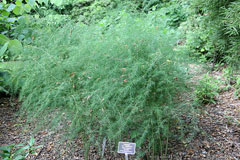
Country/Region:
IndonesiaTraditional Medicine System:
Medicinal Functions:
Antibacterial; Antiinflammatory; Antipyretic; Antiseptic; Antitussive; Cancer; Diuretic; Expectorant; Infertility; Nervine; Sialagogue; Stomachic; Tonic
South Africa; Philippines; Indonesia; Cambodia; Vietnam; China; Laos; Japan; Taiwan
Overview of Ingredients
51 All known Ingredients in Total
Unique ingredients have been isolated from this plant.Plant-Ingredients Associations were manually curated from publications or collected from other databases.
35 Ingredients with Acceptable Bioavailablity
Unique ingredients exhibit acceptable human oral bioavailablity, according to the criteria of SwissADME [PMID: 28256516] and HobPre [PMID: 34991690]. The criteria details:SwissADME: six descriptors are used by SwissADME to evaluate the oral bioavailability of a natural product:
☑ LIPO(Lipophility): -0.7 < XLOGP3 < +5.0
☑ SIZE: 150g/mol < MW < 500g/mol
☑ POLAR(Polarity): 20Ų < TPSA < 130Ų
☑ INSOLU(Insolubility): -6 < Log S (ESOL) < 0
☑ INSATU(Insaturation): 0.25 < Fraction Csp3 < 1
☑ FLEX(Flexibility): 0 < Num. rotatable bonds < 9
If 6 descriptors of a natural plant satisfy the above rules, it will be labeled high HOB.
HobPre: A natural plant ingredient with HobPre score >0.5 is labeled high human oral availability (HOB)
24 Ingredients with experimental-derived Activity
Unique ingredients have activity data available.Ingredient Structrual Cards
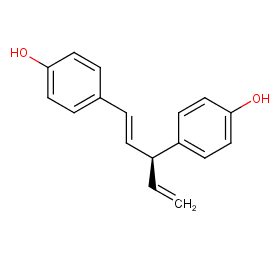
Ingredient ID: NPC98382
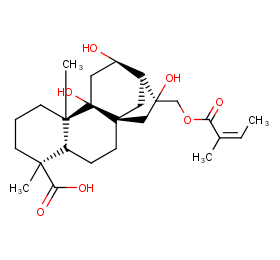
Ingredient ID: NPC93950

Ingredient ID: NPC87898
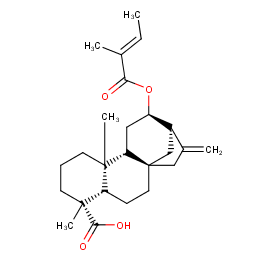
Ingredient ID: NPC83296
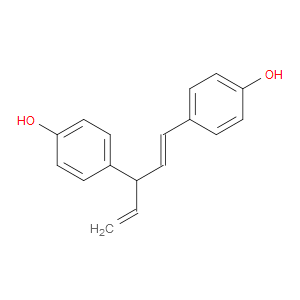
Ingredient ID: NPC82664
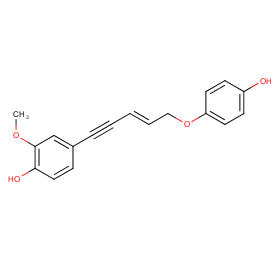
Ingredient ID: NPC74478
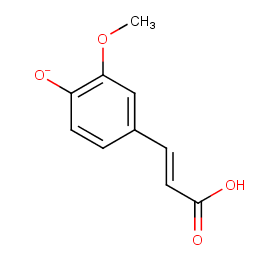
Ingredient ID: NPC70741
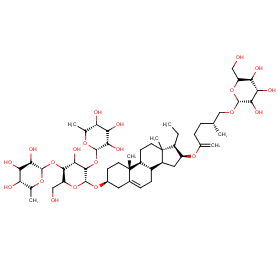
Ingredient ID: NPC70314
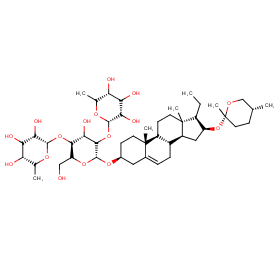
Ingredient ID: NPC4925

Ingredient ID: NPC47319
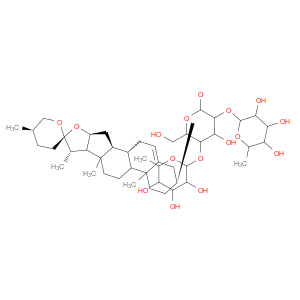
Ingredient ID: NPC46190

Ingredient ID: NPC39591
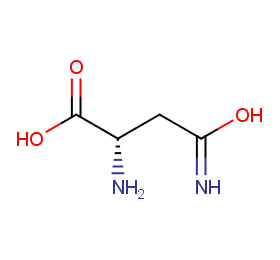
Ingredient ID: NPC34908
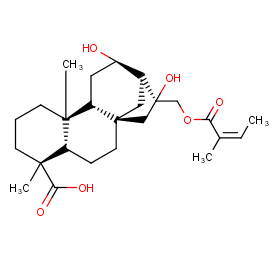
Ingredient ID: NPC34176
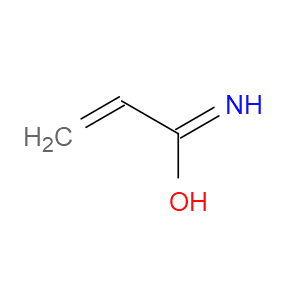
Ingredient ID: NPC32955
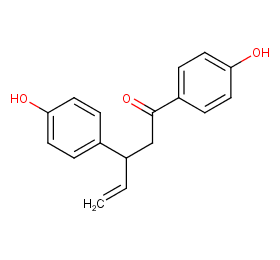
Ingredient ID: NPC322197
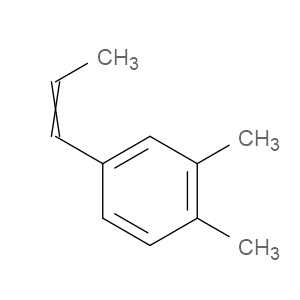
Ingredient ID: NPC318650

Ingredient ID: NPC317207
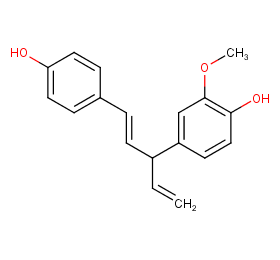
Ingredient ID: NPC310338
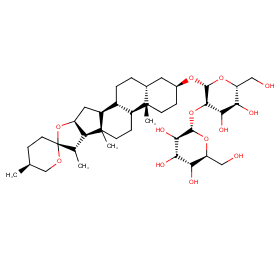
Ingredient ID: NPC297348
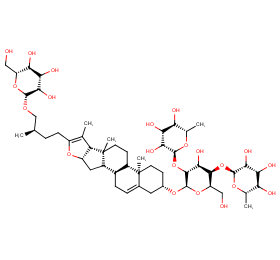
Ingredient ID: NPC293444
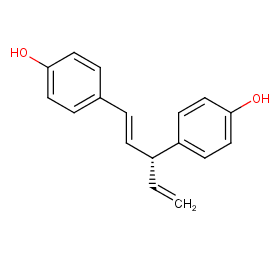
Ingredient ID: NPC292730
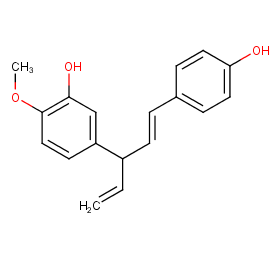
Ingredient ID: NPC281298
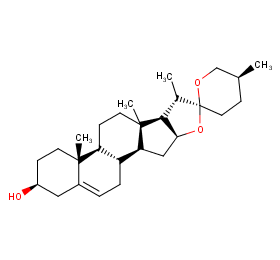
Ingredient ID: NPC273855
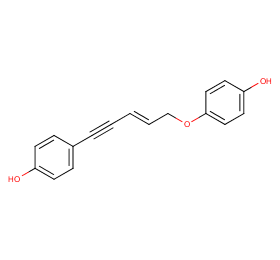
Ingredient ID: NPC266932
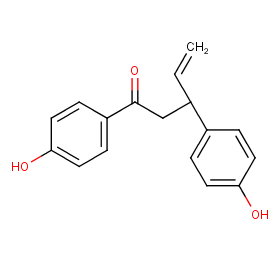
Ingredient ID: NPC255038
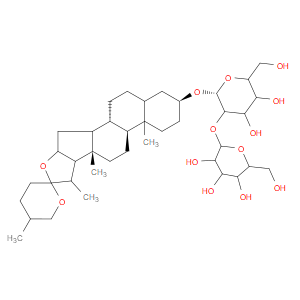
Ingredient ID: NPC249204
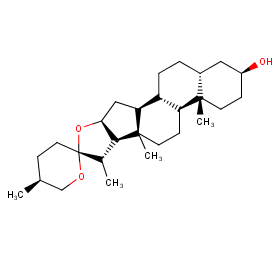
Ingredient ID: NPC248944
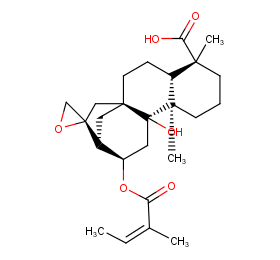
Ingredient ID: NPC24795
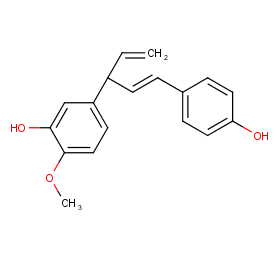
Ingredient ID: NPC24469
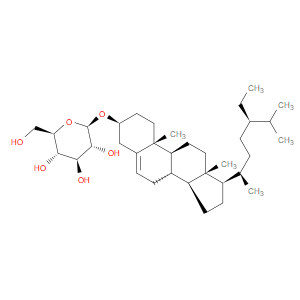
Ingredient ID: NPC243728
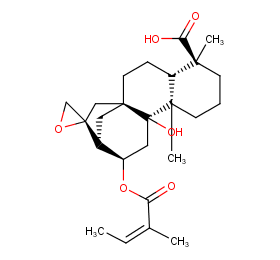
Ingredient ID: NPC237461
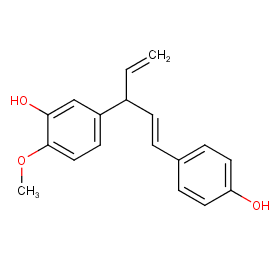
Ingredient ID: NPC235779
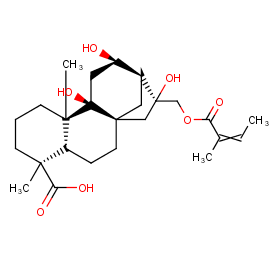
Ingredient ID: NPC226945
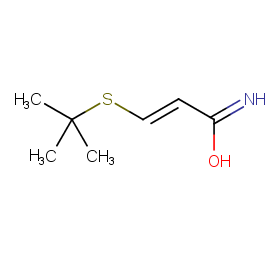
Ingredient ID: NPC219530
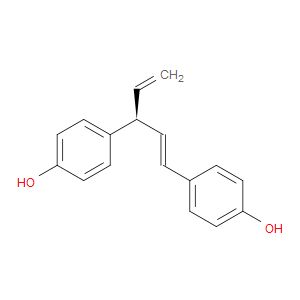
Ingredient ID: NPC216520
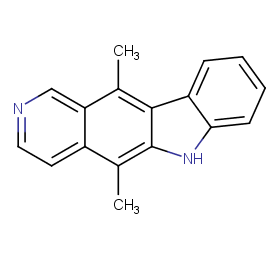
Ingredient ID: NPC215584
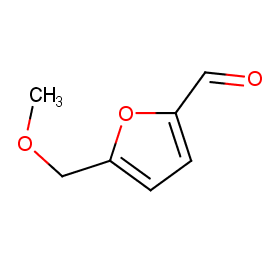
Ingredient ID: NPC215377
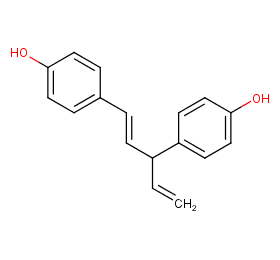
Ingredient ID: NPC207356
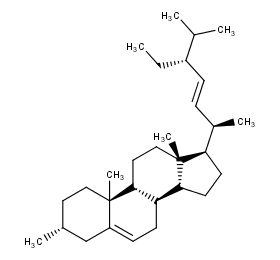
Ingredient ID: NPC196776
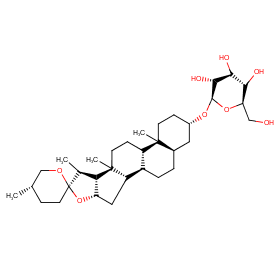
Ingredient ID: NPC190830

Ingredient ID: NPC181810
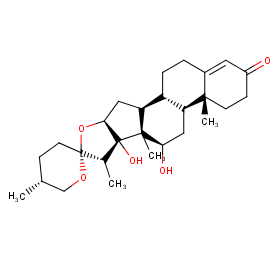
Ingredient ID: NPC178981
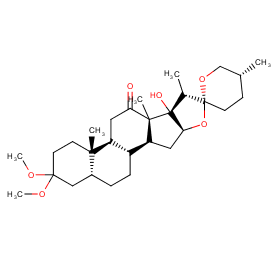
Ingredient ID: NPC178853
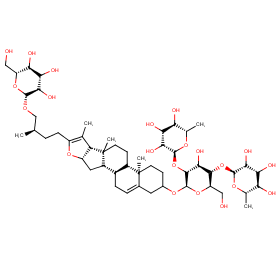
Ingredient ID: NPC168101
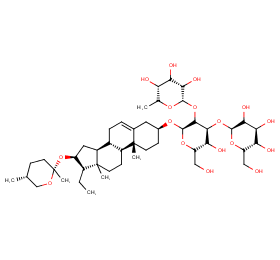
Ingredient ID: NPC158823
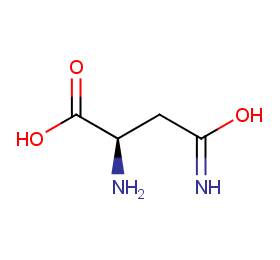
Ingredient ID: NPC153370
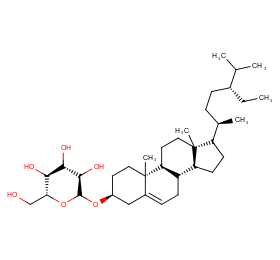
Ingredient ID: NPC142753
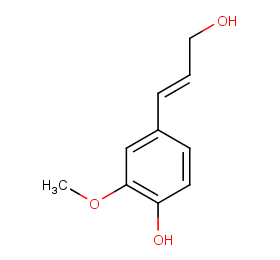
Ingredient ID: NPC139617
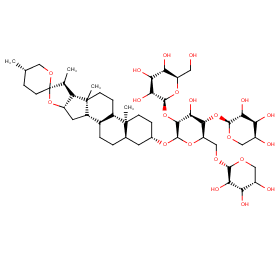
Ingredient ID: NPC128572
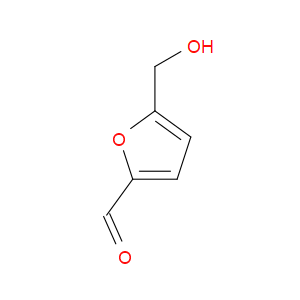
Ingredient ID: NPC107482
Classification of Human Proteins Collectively Targeted by the Plant
Detailed Information of Target Proteins
| Target Type | Protein Class | Gene ID | Protein Name | Uniprot ID | Target ChEMBL ID |
|---|---|---|---|---|---|
| Cytochrome P450 | Cytochrome P450 family 1 | CYP1A2 | Cytochrome P450 1A2 | P05177 | CHEMBL3356 |
| Cytochrome P450 | Cytochrome P450 family 1 | CYP1A1 | Cytochrome P450 1A1 | P04798 | CHEMBL2231 |
| Cytochrome P450 | Cytochrome P450 family 3 | CYP3A4 | Cytochrome P450 3A4 | P08684 | CHEMBL340 |
| Drug Transporter | SLC superfamily of solute carriers | SLCO1B3 | Solute carrier organic anion transporter family member 1B3 | Q9NPD5 | CHEMBL1743121 |
| Drug Transporter | SLC superfamily of solute carriers | SLCO1B1 | Solute carrier organic anion transporter family member 1B1 | Q9Y6L6 | CHEMBL1697668 |
| Therapeutic Target | Protein Kinase | FGFR4 | Fibroblast growth factor receptor 4 | P22455 | CHEMBL3973 |
| Therapeutic Target | Protein Kinase | KIT | Stem cell growth factor receptor | P10721 | CHEMBL1936 |
Clinical trials associated with plant from natural product (NP) & plant level:
| Clinical trials type | Number of clinical trials | |
|---|---|---|
| 3 | ||
| NCT ID | Title | Condition | Form in clinical use | Associated by plant or compound |
|---|---|---|---|---|
| NCT01597401 | A Single Dose Study of the Safety, Blood Levels and Biological Effects of Aes-103 Compared to Placebo in Subjects With Stable Sickle Cell Disease | sickle cell anemia | 5-Hydroxymethyl-Furfural (NPC107482) | |
| NCT01871142 | Evaluation of the Attenuation by Aes-103 of Hypoxia Mediated Decrements in Endurance Exercise Performance | hypoxia | 5-Hydroxymethyl-Furfural (NPC107482) | |
| NCT01987908 | Evaluation of Different Dose Regimens of Aes-103 Given for 28 Days to Subjects With Stable Sickle Cell Disease | sickle cell anemia | 5-Hydroxymethyl-Furfural (NPC107482) |
❱❱❱ Associated Human Diseases and Detailed Association Evidence
How do we define the Plant-Targeted Human Disease Association?
Associated human diseases of an individual plant are summurized based on FOUR types of association evidence, these include:
❶ Association by Therapeutic Target: Bioactive protein targets of the plant were defined in "Molecular Targets" section, target-disease associations collected from TTD database were subsequently used to build the associations between the plant and its targeted human diseases.
❷ Association by Disease Gene Reversion: Plant and a specific disease will be associated when >= 1 plant target gene overlaped with disease's DEGs.
❸ Association by Clinical Trials of Plant: Plant and a specific disease will be associated when >= 1 clinical trial (the plant is the intervetion) can be matched in ClinicalTrials.gov database.
❹ Association by Clinical Trials of Plant Ingredients: Plant and a specific disease will be associated when >= 1 clinical trial (the plant ingredient is the intervetion) can be matched in ClinicalTrials.gov database.
Associated Disease of the Plant | Association Type & Detailed Evidence |
|---|---|
Acute myeloid leukaemiaDisease Category: 02.NeoplasmsDisease ICD-11 Code: 2A60 |
KIT
|
Adenocarcinoma of bronchus or lungDisease Category: 02.NeoplasmsDisease ICD-11 Code: 2C25.0 |
SLCO1B1,SLCO1B3
|
Adenocarcinoma of pancreasDisease Category: 02.NeoplasmsDisease ICD-11 Code: 2C10.0 |
KIT,SLCO1B3
|
Adenocarcinoma of prostateDisease Category: 02.NeoplasmsDisease ICD-11 Code: 2C82.0 |
SLCO1B1,SLCO1B3
|
Adenocarcinoma of stomachDisease Category: 02.NeoplasmsDisease ICD-11 Code: 2B72.0 |
SLCO1B1,FGFR4,SLCO1B3
|
Alzheimer diseaseDisease Category: 08.Diseases of the nervous systemDisease ICD-11 Code: 8A20 |
KIT
|
AnxietyDisease Category: 21.Symptoms, signs or clinical findings, not elsewhere classifiedDisease ICD-11 Code: MB24.3 |
CYP3A4
|
AsphyxiaDisease Category: 21.Symptoms, signs or clinical findings, not elsewhere classifiedDisease ICD-11 Code: MD11.1 |
NCT01871142
|
Atopic eczemaDisease Category: 14.Diseases of the skinDisease ICD-11 Code: EA80 |
CYP3A4
|
Bone/articular cartilage neoplasmDisease Category: 02.NeoplasmsDisease ICD-11 Code: 2F7B |
KIT
|

